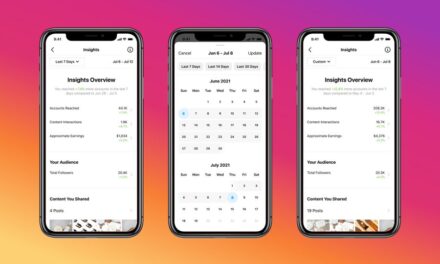Repost from: https://www.marketingtechnews.net/news/2018/oct/30/winning-hearts-minds-and-money-order-full-b2b-customer-journey/
Those of us who work in B2B businesses understand that when a customer discovers your brand, it’s just the beginning of a long road to a sale. According to Marketo, 96 percent of people who visit B2B websites aren’t ready to make a purchase — at least not yet. At that point, potential buyers have only begun their long and intensive research processes, and will not respond positively to salespeople until they are much further along in the sales journey.
Vasu Jakkal’s passion is guiding prospects from initial discovery to the point of actual sale. Jakkal is chief of marketing at FireEye, a global company on the cutting edge of cybersecurity. During an event hosted by my company, BrightTALK, she offered an observation that really resonated with the audience: Marketing, she said, has the pivotal task of winning “hearts, minds, and then dollars, in that order.”
Moving customers through that process, she explained, requires producing relevant educational content that will reach potential buyers at every stage of the customer journey while also driving value. Marketers need to inspire prospects by telling engaging stories about their brands, produce thought leadership content to help expand buyers’ knowledge of particular areas, and then analyse metrics to determine how the customer is engaging and how likely it is that a customer is ready to make a purchase.
Inspire your audience
Without putting forth a compelling narrative, it can be difficult to set your company apart from the seemingly endless choices available to B2B customers. That’s why it’s critical to not only educate potential customers about the merits of the products, but also get people excited about your organisation and its mission.
To provide a particularly compelling example, Jakkal positions FireEye as not just a cybersecurity company but as a team of superheroes who are fighting evil and saving vulnerable people and organisations around the world from cyber-crime. This is FireEye’s mission and it resonates with customers, she says, and it genuinely reflects what drives her personally to make her company succeed.
“Prospects don’t just care about what you do but why you do it,” she said. The first thing to do is drill down to the real purpose of your company: “Why do we exist? What do we really care about? Why do we all come to work every day?” Find the answers to those questions, and a great story will follow.
Be an educator
All of us remember our best teachers – the ones who helped us learn and grow in school and in our careers. We remember memorable thought leaders who turned us onto innovative ideas or helped educate us when it was time to explore a new area of knowledge.
To influence customers, you have to establish yourself as a leading expert in your area. Companies that are most successful at this take the time to produce quality content, such as webinars and white papers, that go into topics at appropriate depths. A buyer who is just dipping his toe into the world of data mining, for example, might need a quick, concise overview, while someone who’s further along could want to read a more comprehensive case study. As Jakkal said, you can produce material that’s “snackable” and subsequently go deeper, making content accessible and stage-appropriate to customers at all phases of the customer journey.
Educational material needs to be timely and relevant. A strong social media presence can help your company stay on top of current events and present relevant research to help frame the conversation, Jakkal said. FireEye, for example, frequently researches high-profile cyberattacks and presents its analysis online. The company’s experts continue the conversation on social media and invite the cybersecurity community to participate in discussions around real-life hacks.
Closing time
After consuming a certain amount of content, potential buyers should not only know the organisation’s brand and mission but also be aware of the problems plaguing a given area and how the company’s products can address those issues. At that point, the key challenge is to determine where the buyer is in the sales funnel and when it’s appropriate to loop a salesperson into the process.
This is where artificial intelligence can be a huge help. Many companies, including FireEye, use marketing automation software to help qualify leads. This software takes all the data you’ve collected about customers, such as how many of your videos they’ve watched in a certain span of time, and crunches the numbers to determine how ready they are to make purchasing decisions. According to Adestra, marketers find that the key benefits of automation include saving time, increased customer engagement, more timely communications and increased opportunities for upselling.
The most effective lead nurturing programs result in 50 percent increases in sales-ready leads and 33 percent lower cost, according to a Gartner study cited in HubSpot. Successful lead nurturing requires marketers to understand who their customers are, what knowledge they seek to gain, and where they are in the customer journey — and to consistently meet them at that point. When information is presented well, buyers are often grateful for the time and effort spent to educate them — and sales teams will have a much easier time converting these now-qualified leads into long-term customers.















